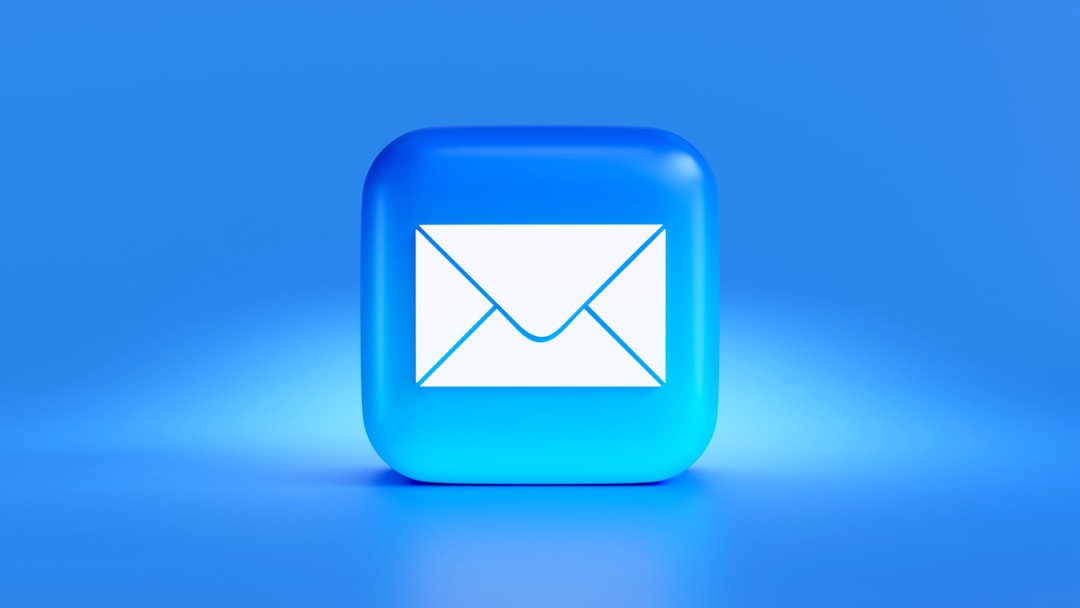In today’s digital age, email has remained an essential communication tool for both personal and professional use. However, the deluge of messages we receive daily can quickly become overwhelming. Whether it’s newsletters, work-related updates, customer inquiries, or spam, keeping your inbox organized can consume a considerable amount of your valuable time. That’s where Artificial Intelligence (AI) steps in as a game-changer. Utilizing AI for smart email sorting, filtering, and responses can dramatically improve both efficiency and productivity.
Why Use AI for Email Management?
AI-driven email solutions use advanced algorithms, including machine learning and natural language processing (NLP), to understand the content and intent of emails. This enables systems to categorize, prioritize, and even respond to emails intelligently without constant human intervention.
Key reasons to integrate AI into your email management routine include:
- Enhanced productivity: Reduces time spent managing your inbox.
- Improved organization: Automatically sorts emails based on relevance and urgency.
- Quick response times: Generates replies dynamically or suggests appropriate responses.
- Spam reduction: More accurate spam filtering beyond traditional keyword-based methods.
1. Smart Email Sorting with AI
AI can help us sort our inbox more intelligently than traditional rules-based filtering systems. Instead of depending on specific keywords or sender addresses, AI analyzes email content, sender behavior, and user interactions to classify emails automatically.
Common categories AI can sort your emails into include:
- Primary: Emails from contacts and relevant personal or business conversations.
- Social: Notifications from social networks like Facebook, Twitter, or LinkedIn.
- Promotions: Newsletters, coupons, and marketing offers.
- Updates: Transaction alerts, shipping updates, or news articles.
- Spam: Unsolicited or potentially harmful messages.
Some AI tools also allow for personalized sorting. For example, if you frequently respond to emails from your supervisor first, the AI learns this behavior and begins to prioritize those messages automatically.

Popular services like Gmail already use AI-based filtering, but you can go a step further by integrating third-party AI platforms with more robust capabilities. Tools like SaneBox, Clean Email, and Front offer enhanced AI functionalities for email sorting based on content, behavior, and user-defined goals.
2. Advanced Email Filtering with AI
AI email filters do more than traditional spam filters—they understand the context, detect sentiment, and evaluate the importance of incoming messages. These filters also continually adapt, learning from how you treat different kinds of emails over time.
Here’s how AI-powered email filtering works:
- Contextual analysis: AI examines word patterns, frequency, and sender credibility to interpret the message’s nature.
- Behavioral learning: The system observes how you interact with certain types of emails and uses that knowledge to automate future filtering decisions.
- Active refinement: Through user feedback (such as reclassifying an email), the AI grows more accurate and responsive.
Filtering is especially useful in business contexts where managing overwhelming volumes of support tickets, customer outreach, or job applications can become daunting. AI tools help highlight what matters most and ignore the noise.
3. Automating Email Responses with AI
One of the most impressive advancements in email management comes in the form of smart reply generation. AI can draft, suggest, or even send email responses based on the context of received messages. Using NLP and machine learning, AI identifies intent and suggests the most appropriate reply—mimicking the tone and style of the user over time for better personalization.
Types of AI-generated email responses include:
- Quick Replies: Short one-touch answers like “Yes, sounds great!” or “I’ll get back to you soon.” Useful for mobile users or quick acknowledgments.
- Contextual Replies: Replies generated based on email content. For instance, if someone asks about meeting availability, the AI might generate: “I am available this Thursday at 3 PM.”
- Custom Templates: AI can fill out user-defined templates with dynamic content based on email context, perfect for repetitive tasks like customer support or sales follow-ups.

Google’s Smart Reply and Smart Compose in Gmail are already widely used, but other advanced tools like ChatGPT by OpenAI, Superhuman, and GrammarlyGO go further by offering fully contextual responses and tone matching. These tools can mimic your writing style, correct grammar, and even suggest better ways to phrase your message.
4. Combining AI Tools for a Full Email Productivity Suite
Rather than using standalone tools, combining different AI-based email utilities can result in a comprehensive system that handles your entire email lifecycle—from sorting and filtering to responding.
Consider setting up a suite that includes:
- Sorting and Organizing: Tools like Clean Email or SaneBox.
- Analysis and Insights: Use analytics tools like EmailAnalytics to track response times, productivity patterns, and more.
- Automated Replies: Integration of AI chat tools such as ChatGPT or Zoho’s Zia into your workflow.
- Workflow Automation: Connect everything using services like Zapier or Integromat to automate tasks based on email activity.
For example, you can design a workflow where if an invoice email is received, the AI categorizes it, stores it in a folder, informs the finance team through Slack, and then archives it—all without manual input.
Security and Privacy Considerations
While AI makes email management incredibly efficient, it’s crucial to be mindful of data privacy and security. Most AI tools require access to your inbox to function, which could pose risks if the service provider does not adhere to stringent data protection standards.
Always ensure the tool:
- Uses end-to-end encryption.
- Is compliant with regulations like GDPR or CCPA.
- Gives you full control over what data is accessed and processed.
For businesses handling sensitive client data, it’s advisable to run self-hosted AI models or use enterprise-grade AI solutions that guarantee higher security standards.
Getting Started with AI Email Tools
You don’t have to overhaul your entire email system overnight. Start gradually:
- Experiment with built-in AI features in email apps like Gmail or Outlook.
- Add a third-party tool for sorting, like SaneBox, to see its impact.
- Advance to AI reply tools only after you’re comfortable with the automation process.
Maintain oversight initially to ensure AI results align with your preferences. Most tools allow you to fine-tune or reclassify decisions made by the AI, helping it learn over time.

Conclusion
As our email interactions grow in complexity and volume, AI offers tangible relief through smart sorting, intelligent filtering, and predictive response generation. These tools aren’t just about convenience—they’re essential for reclaiming precious hours and making room for deep, focused work. By integrating AI into your email ecosystem, you’ll not only stay ahead of the clutter but also enhance your communication strategy with greater precision and personalization.
Looking to take control of your inbox? Let AI do the heavy lifting, and watch your productivity soar like never before.

![How to Disable Google Smart Lock [Android/Chrome] how-to-disable-google-smart-lock-android-chrome](https://reviewslion.com/wp-content/uploads/2023/12/how-to-disable-google-smart-lock-android-chrome-200x150.jpg)

Leave a Reply